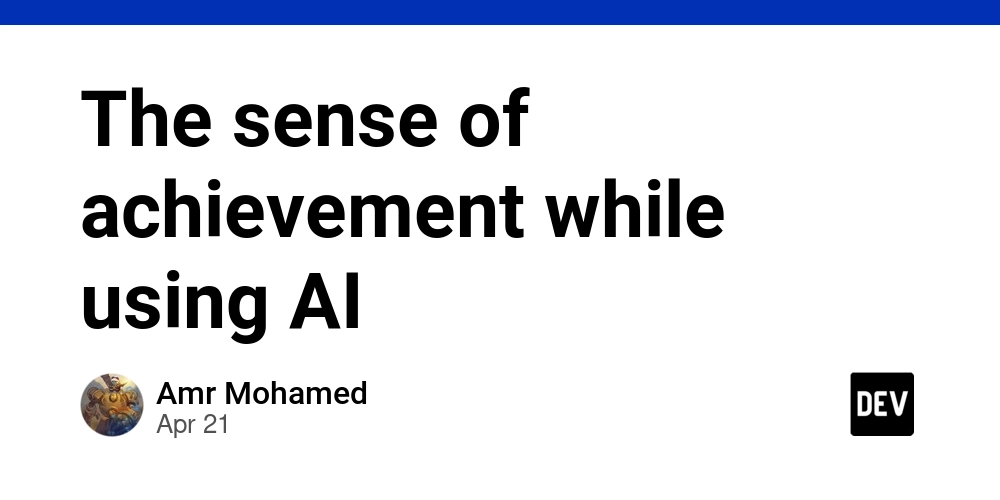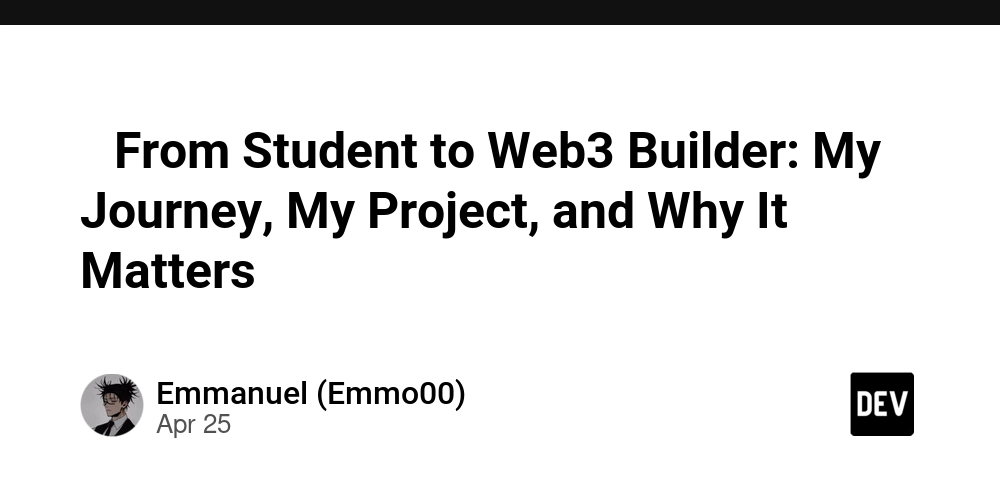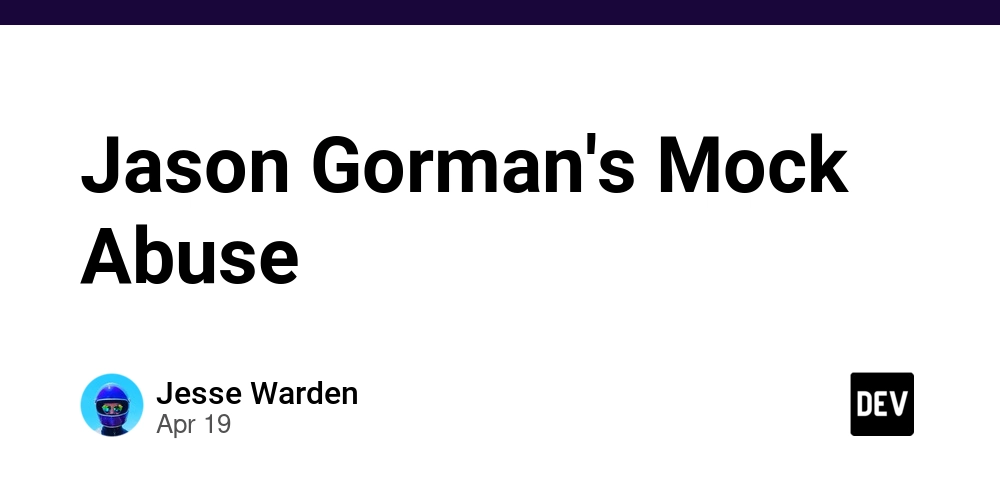Building Your Own Online Store? Learn from This Open-Source E-Commerce Project
Thinking about launching an e-commerce website? Building a successful online store from scratch can seem daunting. However, exploring open-source projects can provide valuable insights and a solid foundation. This article examines the "ayushsaxenagithub/e-commerce" project on GitHub, offering lessons for aspiring e-commerce developers and entrepreneurs.
What is the Ayushsaxenagithub E-Commerce Project?
This project is an open-source e-commerce platform built using Python, the Django framework, and other web technologies like HTML/CSS, JavaScript, Bootstrap, and SQLite. While still a work in progress, it offers a glimpse into the structure and features of a functioning online store.
This project aims to deliver an intuitive and user-friendly online shopping experience with design and functionalities like product listing, search, cart management, order processing, and user authentication.
Key Features & Structure of This E-Commerce Project
The project is organized into different apps, each handling specific functionalities. This modular design is a best practice for building scalable and maintainable web applications. Here are some key areas worth noting:
- Product App: Manages the display and organization of products.
- Cart App: Handles the shopping cart functionality, allowing users to add, remove, and manage items.
- Order App: Deals with order processing, tracking, and management.
- User App: Manages user accounts, authentication, and profiles.
- Payment App: Integrates payment gateways for secure transactions.
- Review App: Allows users to leave reviews and ratings for products.
Technologies Used
The "ayushsaxenagithub/e-commerce" project uses a powerful combination of technologies:
- Python: A versatile and popular programming language known for its readability and extensive libraries.
- Django: A high-level Python web framework that simplifies web development with its built-in features and ORM (Object-Relational Mapper).
- HTML/CSS: Used to structure the web pages of the app.
- JavaScript: Adds interactivity and dynamic features to the front-end.
- Bootstrap: A popular CSS framework that provides pre-designed components and responsive layouts.
- SQLite: A lightweight database ideal for development and small-scale deployments.
Why Explore Open-Source E-Commerce Projects?
Even if you don't directly contribute to a project like this, examining its code and structure can be incredibly beneficial. Here’s why:
- Learning Best Practices: See how experienced developers structure their code, handle data, and implement common e-commerce features.
- Understanding E-Commerce Architecture: Grasp the different components needed for a functional online store.
- Identifying Potential Starting Points: While you might not use the entire codebase, you can adapt snippets or modules for your own project.
- Discovering New Technologies: Exposure to different libraries and frameworks expands your development toolkit.
Contributing to Open Source for E-Commerce Development
Interested in getting involved? Here's how you can contribute:
- Fork the repository: Create your own copy of the project on GitHub.
- Create a new branch: Isolate your changes on a separate branch.
- Make your contributions: Implement new features, fix bugs, or improve documentation.
- Submit a pull request: Propose your changes to the original project.
The Future of the Project
This project is under development, aiming to be completed in October. Keep an eye on its progress and consider contributing if you have front-end development skills! The need for a front-end developer to refine this project is stated in the description.
Key Takeaways for Your E-Commerce Journey
Building an e-commerce platform is a complex but rewarding endeavor. By exploring open-source projects like "ayushsaxenagithub/e-commerce," you can gain valuable insights, learn from experienced developers, and accelerate your own online store development. Don't be afraid to dive into the code, experiment with different approaches, and contribute to the community.

















